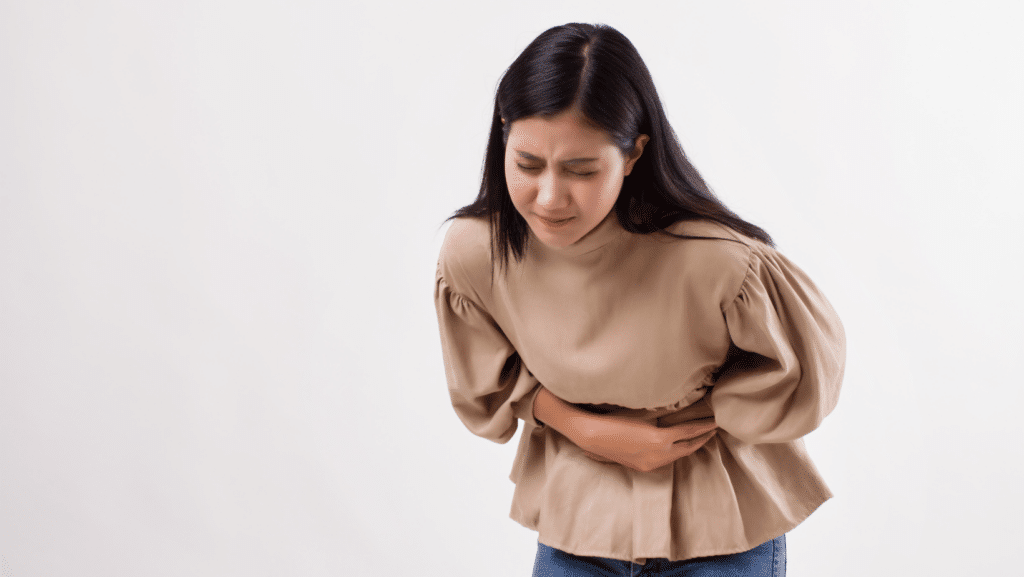Menstrual Cramps or Fibroids?
If you are a menstruating female, it is likely that at some point you have experienced the pain and discomfort of menstrual cramps.
These cramps usually range from mild to moderate, and can most often be treated with over-the-counter medications, and soothed with a hot water bottle or heating pad.
However, some women experience excessive cramping both before, during, and after their period.
Having period cramps between periods could be a sign of something more. And that something more, could be uterine fibroids.
So how can you tell if the cramps are from fibroids or just normal menstrual cramps?
Though it can be difficult to distinguish the difference between fibroid pain, and menstrual cramps, there are things you can do to help determine which is the cause of the cramping.
One valuable action is to start keeping track of when you get these cramps, which can help provide valuable information as to what is happening.
Keeping a log of your symptoms, the pain level, and the amount of bleeding experienced during each day of your period can be helpful in finding the solution to your individual situation.
So what exactly are menstrual cramps anyway?
Cramps during a monthly period are caused by the uterus contracting in order to push out the lining of the uterus, also known as the endometrium.
The endometrium builds up every month to prepare to support the fertilized egg and embryo that may attach to it during pregnancy.
No fertilized egg? No problem.
Fueled by hormones, the uterus begins to contract and shed the uterine lining. Then, the next month, if there is no pregnancy, the process will begin again.
Cramping during this time of the month is often a normal part of menstruating, however, when this cramping is excessive and accompanied by other symptoms such as pain in the pelvis, abdomen, back, and legs, this could point to something more.
Potential causes of excessive cramping are:
Endometriosis
Tissue that acts similar to the lining of the uterus grows outside of the uterus, most commonly on fallopian tubes, ovaries, or the tissue lining your pelvis.
Adenomyosis
The tissue that lines your uterus begins to grow into the muscular walls of the uterus.
Pelvic inflammatory disease
This infection of the female reproductive organs is usually caused by sexually transmitted bacteria.
Cervical stenosis
In some women, the opening of the cervix is small enough to impede menstrual flow, causing a painful increase of pressure within the uterus.
Uterine fibroids These noncancerous growths in the wall of the uterus can cause pain.
One of the most common causes of excessive cramping is uterine fibroids
When cramping and pelvic pain is caused by uterine fibroids, these uncomfortable symptoms could also be accompanied by additional symptoms such as heavy bleeding, frequent urination, and more.
If you are experiencing severe menstrual cramps, excessive bleeding, bleeding and cramps between periods, and other uncomfortable symptoms, it’s important to contact your doctor and schedule a visit.
If the cause is uterine fibroids, fortunately, this condition is treatable.
In fact, there are many different treatment options to treat uterine fibroids, ranging from medication to surgery, to a non-invasive procedure called Uterine Fibroid Embolization.
In our next article, we will take a look at how the specific type of fibroid can cause symptoms such as cramping and pelvic pain.


